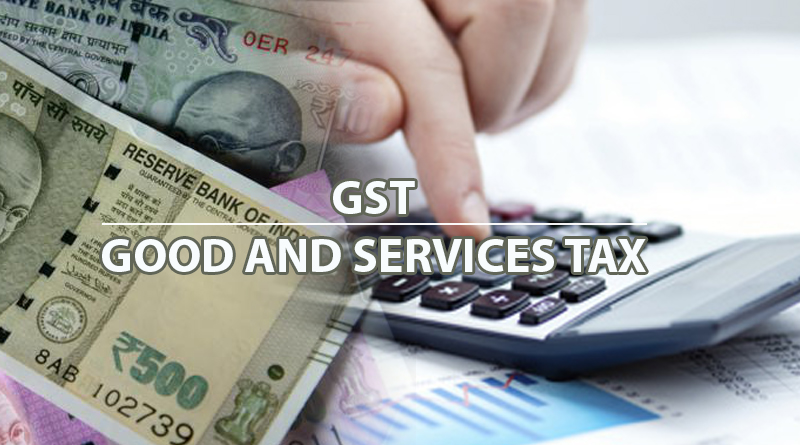A Trade Called Unity
Discourses on Indian unity generally leave out transport and trade. But this year\’s Economic Survey reveals that both internal travel and internal trade are much higher than believed earlier, high by global standards, and will rise further after the implementation of goods and services tax (GST). Thus, migrants, manufacturers and traders have bound the country together too.
Adecade ago, Ejaz Haider, a top Pakistani editor, asserted while conversing with me that India\’s unity was not a political but economic success, thanks to its huge single market. Wrong, I replied, India had a thousand interstate and intercity barriers, and was not a single market at all.
Goods from Delhi paid entry tax to enter Maharashtra and octroi to enter Mumbai, and the combined tax incidence could be 15%, as high as customs duty on some imported goods.India was a grievously splintered market, not a unified one.
With the introduction of GST, politicians claim we will at last have “one India, one market, one tax rate“.
That\’s not quite right: GST excludes real estate, alcohol, tobacco and petroleum products. So, a big chunk of the economy will face state tax barriers. More important, states often invoke the Essential Commodities Act to ban the movement of politically sensitive goods. Still, GST will be a game changer.
The Economic Survey reveals that India enjoyed high interstate movement of goods and people even before GST. New estimates using railway data show that annual work-related migration is nine million, almost double the earlier estimate.
Farmers in the northwest and south complain that migrant agricultural labour has plummeted. Despite this, overall migration (especially to urban areas) is vibrant. Rural-urban migration within states has accelerated. Northeasterners, once mistaken for Chinese, are now a visible part of the workforce in big cities. A pan-Indian workforce has emerged.
New data from the GST Network suggest that interstate exchanges of manufactured goods amount to at least 54% of GDP . Almost half of this is the exchange within branches of the same firms, an astonishingly high figure. It shows that corporations have help bind the country together through manufacturing and trading linkages that were minimal at Independence. This has boosted both econo mic growth and political unity .
India\’s internal tradeGDP ratio of 54% leaves out agricultural goods, which are also massively transport ed across India. So, 54% is a gross un derestimate. Even this underestima te implies that India\’s internal trade is 1.7 times its foreign trade. That compares well with other countries at the same economic stage.
A Fuel Called Trimurti
Large countries naturally have a high er ratio of internal trade to GDP than small ones. India\’s 54% ratio (rem ember, this estimate excludes farm products) is much less than the US\’ 78% or China\’s 74%. But it is far more than the 20% of the EU, which was formed specifically to create single market. Indonesia, another large de veloping country , has internal trade of only 12% of GDP . Canada, bigger in area than the US, has a 20% ratio.
However, a caveat is in order. India has a crazy patchwork of area-based tax breaks that induce corporates to move to Sikkim or Himachal Prade sh, not for commercial reasons but tax arbitrage. This artificially incre ases interstate trade. Finance minis ter Arun Jaitley has promised to ph ase out area-based tax breaks, elimi nating this distortion. Economists sing praises of gains from international trade. Similar gains flow from internal trade in a large country like India, such as specialisation, scale economies, derisking and experimentation in different states to create innovative solutions. Improved connectivity is an important reason for India\’s faster growth since 2000.
Rural roads have expanded enormously , as have the arterial national highways. Telecom has penetrated most rural areas (though broadband still lags behind). Finally , rural electrification has reached all but a few parts of the country , even though its quality is spotty . Roads, telecom and electricity constitute a Trimurti of connectivity that has accelerated India\’s GDP growth since 2000. The Trimurti has facilitated the creation of new production centres, and the transport of that output across India.
Yet, much more needs to be done.The Essential Commodities Act is a serious barrier to internal trade, especially of agricultural commodities.So is the Agricultural Produce Marketing Committee Act that obliges farmers to sell only through local mandis. These laws must be amended if India is truly to become one market, and reap the full economic and political gains of a single market.


